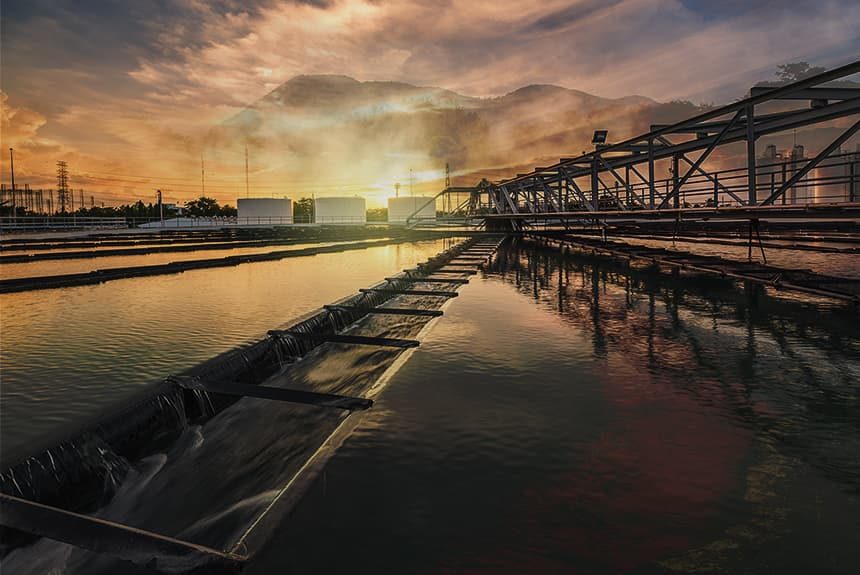Wastewater transmission and treatment produce GHG gases such as carbon dioxide, methane (CH4) and nitrous oxide (N2O). Excessive emissions of greenhouse gases into the atmosphere by human activities have led to the climate crisis. Public and private sectors are increasingly required to report, manage, and reduce their GHG emissions where possible.
In New Zealand, the Zero Carbon Act (2019) introduced a framework for managing GHG emissions, including targets to reduce net emissions of all GHGs to zero by 2050 and reduction targets for biogenic methane emissions.
To adhere to the country’s net-zero emissions targets, Water New Zealand recently published the ‘Carbon accounting guidelines for wastewater treatment: CH4 and N20’
“These guidelines provide a standardised approach to assess GHG emissions generated by municipal and domestic wastewater treatment, discharge and sludge processing in New Zealand. The goal is to provide consistency for wastewater asset owners/operators in New Zealand Carbon accounting guidelines for wastewater treatment: CH4 and N20and, as well as a greater level of detail to assist with asset planning and benchmarking.”
The guidelines have the following objectives:
- To help wastewater treatment providers prepare a greenhouse gas (GHG) inventory through the use of standardised approaches and principles;
- To guide the scope and boundaries to be considered for activities in the wastewater industry.
- To provide more detailed guidance on GHG accounting for treatment processes used widely in New Zealand.
- To consider the current state of knowledge for wastewater GHG emissions and applicability of the methodology updates published by the Intergovernmental Panel on Climate Change (IPCC, 2019); and
- To increase consistency and transparency in GHG accounting and reporting among wastewater treatment providers.
“In New Zealand’s 2021 National Inventory Report (NIR), wastewater treatment and discharge were estimated to contribute only 0.4% of national emissions. However, for councils and council-controlled organisations operating wastewater treatment plants, the GHG emissions associated with wastewater and sludge treatment can be a substantial part of their carbon footprint.”
“In addition, the NIR (MfE, 2021) states: Most wastewater treatment in New Zealand is aerobic, including domestic, commercial and industrial wastewater. Methane (CH4) emissions from domestic wastewater are mainly from rural septic tank usage. Wastewater emissions are also from some municipal treatment plants, which use semi-aerobic processes, and from industries in New Zealand, in particular, the meat, pulp and paper industries.”
This document focuses on calculating the contribution from CH4 and N2O as GHGs from our wastewater plants in New Zealand. Together, these gases may form a substantial contribution to a council’s total emissions.
To read the entire guideline, click the link below:
Source:
Carbon accounting guidelines for wastewater treatment: CH4 and N20. (2021 August). Water New Zealand. Retrieved from https://www.waternz.org.nz/Attachment?Action=Download&Attachment_id=4846



Leave a Reply